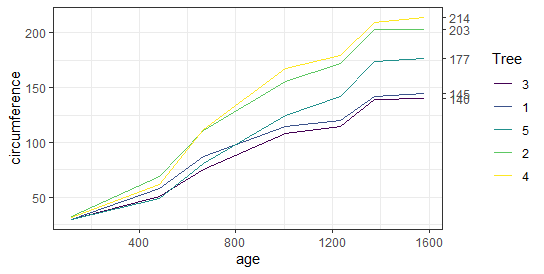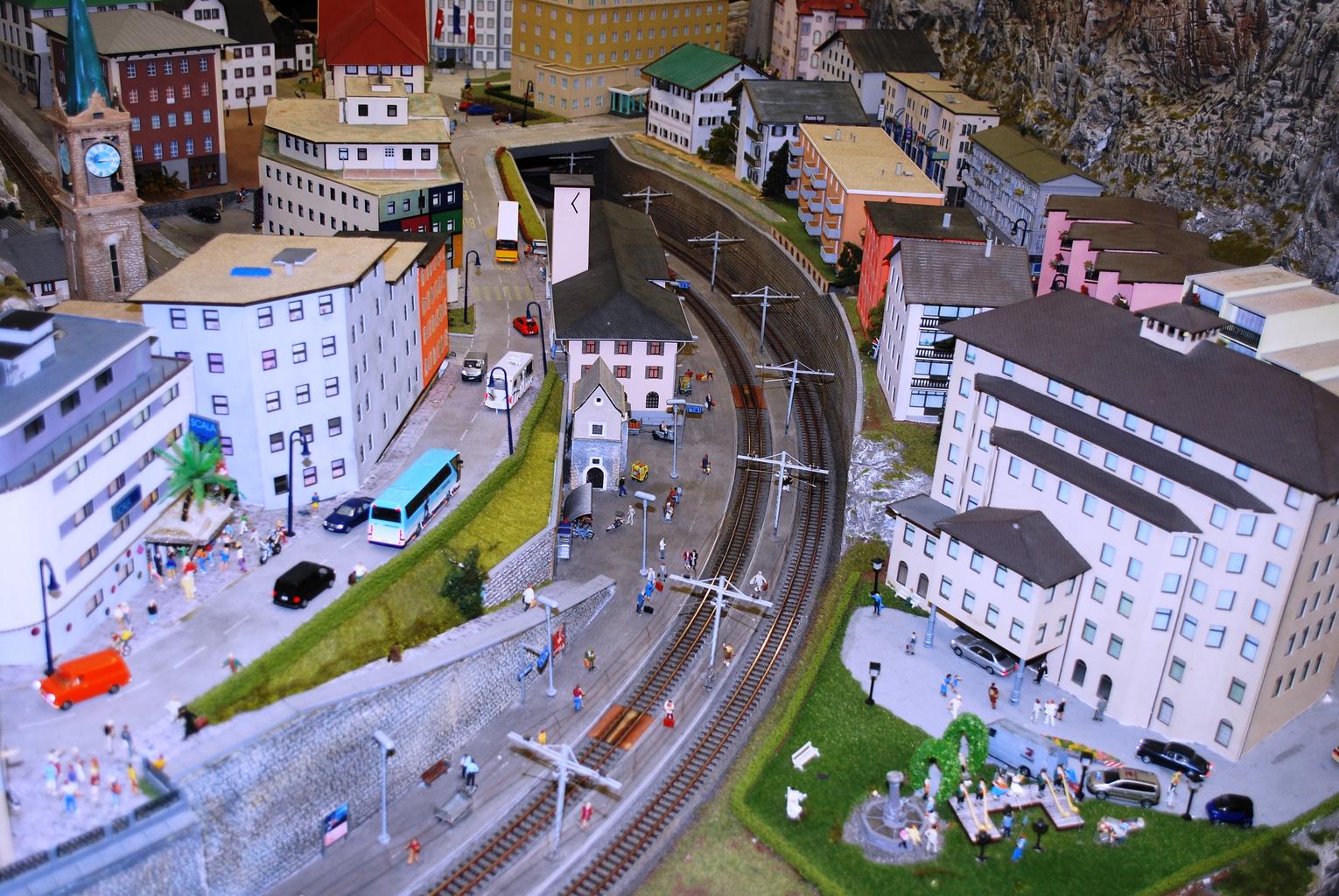How Do Machine Learning Chatbots Work?, To increase our intelligence, humans must learn new things. AI chatbots experience the same thing thanks to machine learning (ML).
Come learn about machine learning (ML), its various methods, and how it makes it possible for machines like chatbots to learn.
What Are AI Chatbots and What Are They Useful For?
The word “chatterbot” (chatter + robot), coined by Micheal Mauldin in the 1990s, is where the term “chatbot” originates.
It is, as its name suggests, a talking robot.
These systems may now exchange voice or written communications.
However, because vocal commands make up the majority of their input, talking robots are frequently referred to as voice bots.
These communication tools are frequently used to help people or businesses that need to automate interactions after receiving a lot of contacts.
They decrease the influx of contacts by having the ability to automate some processes. They can optimise their handling in this way.
Machine Learning Archives – Data Science Tutorials
The Different Chatbots
AI and chatbots are frequently used interchangeably. This occurs as a result of AI enabling them to manage requests without assistance from humans.
Some chatbots, on the other hand, lack AI and are therefore more simple.
You may describe them as chatbots that operate according to “if x, then y” rules.
Non-AI chatbots can only function via keywords and decision trees (buttons) and are unable to grasp natural language questions.
How Are We Understandable to AI Chatbots?
AI and chatbots are separate concepts, despite their relationship.
As we’ve already mentioned, artificial intelligence is necessary for chatbots to be able to converse effectively. However, AI doesn’t just affect chatbots.
Technologies for communication are applied in the case of chatbots.
Chatbots must learn, albeit in a somewhat different way than humans do, much as we must read, write, and speak instinctively through the inputs we receive from those around us.
Chatbots require more, though, in order to function properly. It is essential that the computer can automatically learn from this data. ML can help in this situation.
ML stands for machine learning.
The other crucial technology for a successful chatbot is machine learning (ML).
American computer scientist Samuel Arthur, who also invented computer games and artificial intelligence, originated the phrase “Machine Learning” in 1959.
IBM claims that machine learning enables systems to gain knowledge from experience, enhancing both their capacity for judgement and the precision of their predictions.
In other words, bots can gather information and forecast acceptable outcomes (responses) from their interactions with users. They become more effective as a result.
How Exactly Does ML Work in AI Chatbots?
ML is built on algorithms, just like Natural Language Processing.
The system’s newly added algorithms are what collect, examine, and generate predictions from the data.
Their performance is optimised as more data is received. As a result, the bot’s “intelligence” develops over time.
The Various Machine Learning Algorithm Types
1. Supervised Learning
In supervised learning, examples are used to teach the computer.
The algorithm consists of a number of input and output examples, and the system must figure out how to use these examples to generate the same inputs and outputs when presented with new data.
The computer learns from the data, finds patterns, and makes predictions. Until the system performs at a high level, the operator corrects these forecasts, and the cycle repeats.
2. Semi-supervised Learning
The second kind of algorithm is comparable to the first. But it makes use of both labelled and unlabeled information.
A set of training examples with labels corresponds to labelled data. These are pairs of examples, each having one input and one output.
In this sort of learning, the algorithm receives pairings of labelled data and learns to label the unlabeled data using the knowledge it gathers from them.
3. Unsupervised Learning
Unsupervised learning differs from the earlier forms in that there is no operator.
By analysing data, the algorithm learns to spot patterns and connect information.
The algorithm in this sort of learning must cope with vast amounts of data and create a framework for it.
This structuring can be done by grouping together pieces of information that are related (clustering) or by minimising the size, that is, using the fewest possible variables to discover the precise information.
Like with the earlier algorithms, the system’s efficiency and certainty increase with the amount of data it handles.
4. Reinforcement Learning
Last but not least, reinforcement learning emphasises controlled processes. These procedures offer a variety of options for activities, standards, and outcomes.
With the rules established, the computer searches and keeps track of potential outcomes in an effort to produce the best outcome.
The chatbots on Visor.ai are all controlled by a particular supervised learning algorithm.
This indicates that the algorithm analyses, spots patterns in, and forecasts the outcomes based on the input and output examples supplied to it.
However, it is still necessary to corroborate these results.
The AI Trainer on the Visor.ai platform can be used to confirm this and make the necessary corrections.
You may verify and correct user interactions that the bot had with them using the AI Trainer.
In other words, it is feasible to assess the chatbot’s level of certainty and whether it is providing clients with the correct replies.
You can instruct the chatbot if it provided an incorrect or incomprehensible response. You don’t need any technical expertise for this because the Visor.ai platform is low-code.
The system trains on the fresh data set after these modifications are added and perform better.
What Advantages Do Machine Learning Chatbots Offer?
As we’ve seen before, when a chatbot has the tools necessary to properly interact with a human, we consider it to have artificial intelligence.
Implementing interaction automation tools like chatbots or email bots has several advantages for businesses, including the following:
- 24/7 customer service.
- Speed up reaction time.
- Enable self-care for the client.
- Boost the output of your group.
- Boosting user satisfaction levels.
- Offer a specialised level of service.
- Increase your clientele.
- Boost lead generating.
- Lowers costs.












